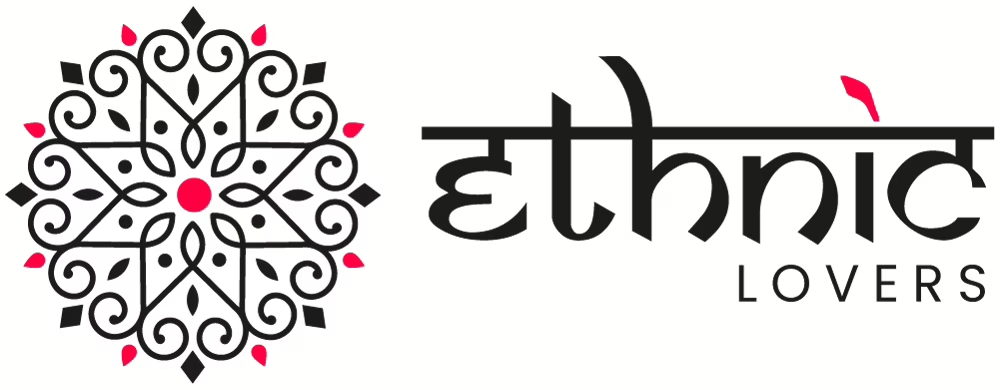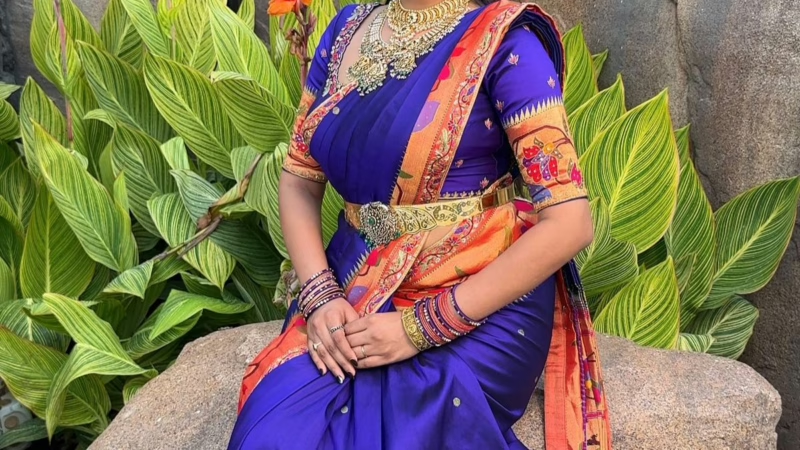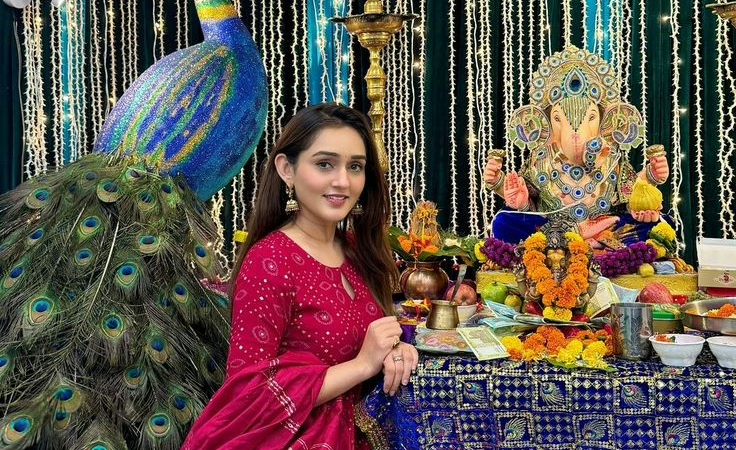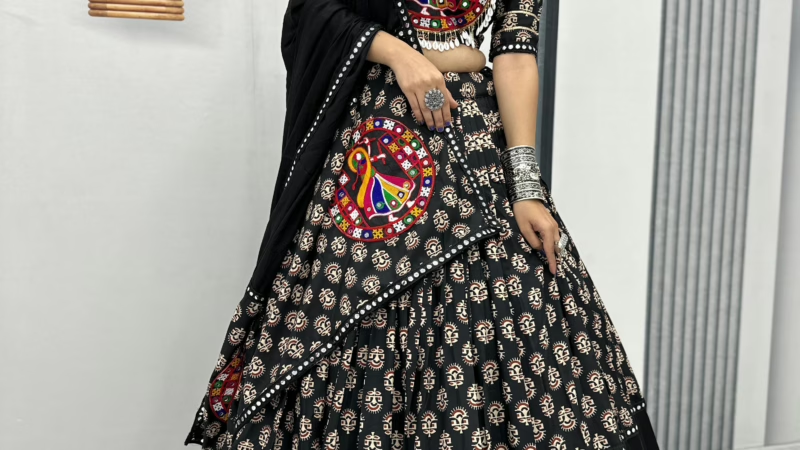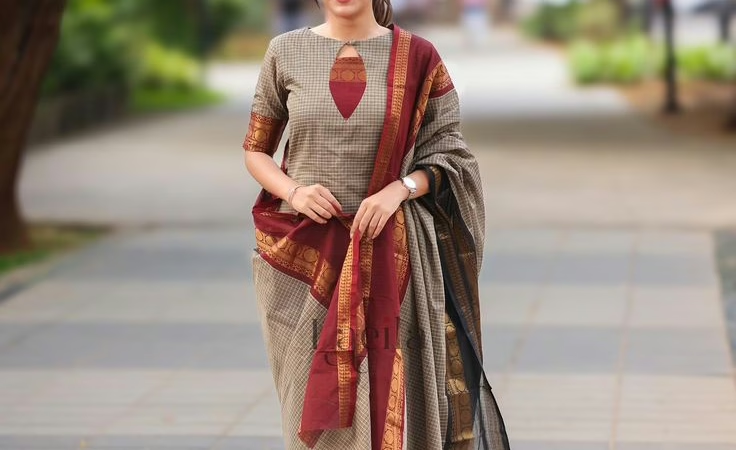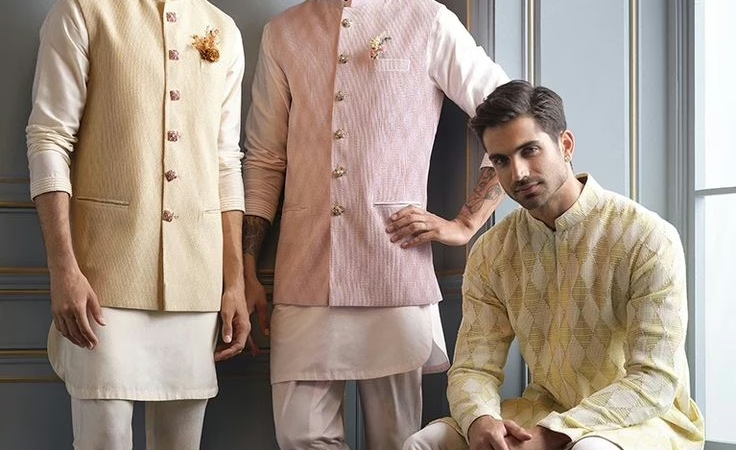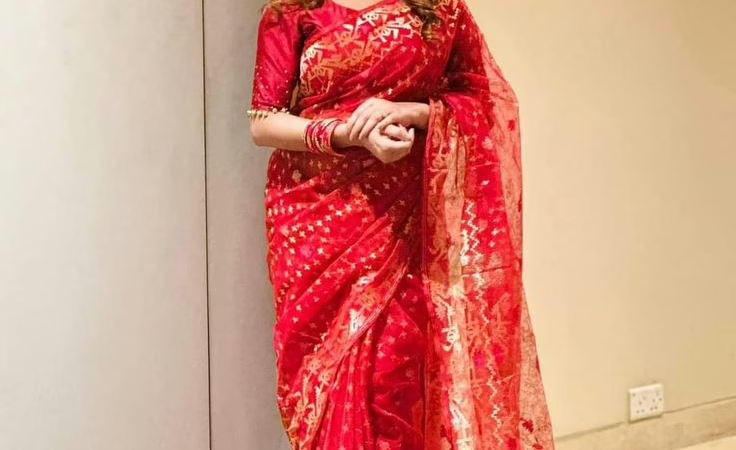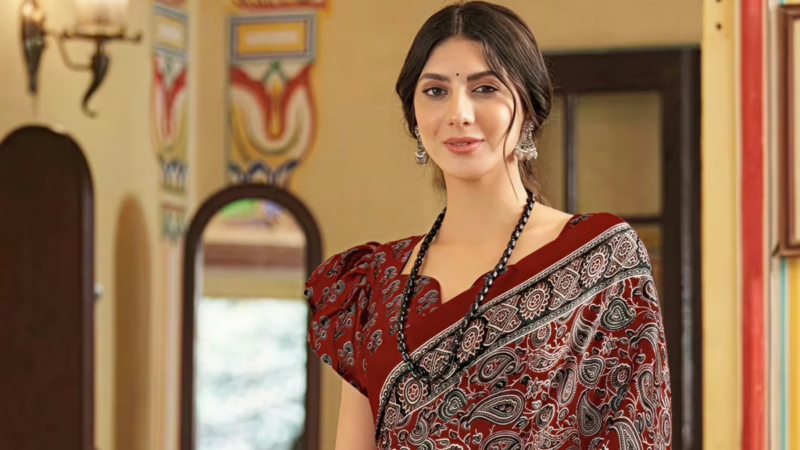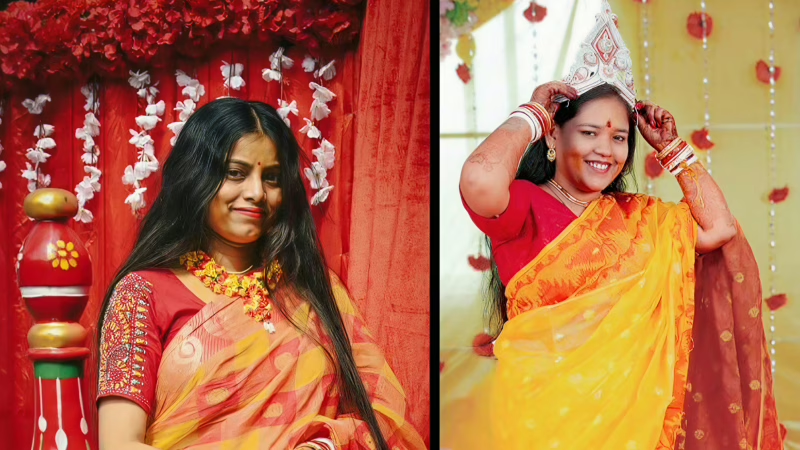The history of Paithani Sarees is traced back to the Satvahana Dynasty of the 2nd Century BC. At that time, the saree was made of pure gold wire with cotton and silk. 2000 years ago, the Greco- Romans were very fond of Paithani sarees and they exchanged it for gold. It was worn only by the royals.
Category: Ethnic Wear
Ganesh Chaturthi 2025 is just around the corner, and its high time you start planning what to do and wear to welcome India’s beloved “harbinger of new beginnings”. Lord Ganesh is synonymous with prosperity, wisdom and ethnicity in the country and a 10-day long celebration Pan-India specially in Maharashtra, Andhra Pradesh, and Telangana marks the grand arrival of revered Lord in style!
Colorful and beautiful ghagras have a special place when it comes to Indian festivals. Right from energetically dancing in a Gabra dandiya spin to lighting diyas on Diwali night, they are comfortable, graceful and add charm to every festive occasion. If you are an Indian woman and wish to grab the limelight of the event, choosing the right festive wear is essential and you can never go wrong with a colorful ghagra!
Let’s discover the sustainable fashion revolution of India’s handspun Khadi fabric with a timeless charm and heritage.
Ethnic wear men’s kurtas have evolved in the recent years and are fast catching on in the traditional fashion world. Gone are the days when men had to settle for a dull white or faded beige for any traditional function or event.
If textiles could talk, a Dhakai Jamdani saree would whisper tales of empires, echo the dreams of generations of artisans, and hum the songs of a heritage that has withstood the test of time.
Have you noticed how Ajrakh handblock printed fabrics catch our attention the moment we lay our eyes on them. A staple favorite among Indian ethnic wear connoisseurs, this intricate art of color and complex geometrical design dates back to the ancient Indus Valley Civilization.
The word “tant” is derived from the Bengali word “tanta,” meaning “weave” or “loom.” Tant weaving involves the use of cotton yarns to create lightweight and breathable fabrics, making it ideal for the hot and humid climate of Bengal. The technique is characterized by its simplicity and versatility, allowing weavers to produce a wide range of textiles, including sarees, dhotis, and scarves.
The journey of Indian ethnic wear is a story of resilience, adaptation, and cultural pride. From the unstitched drapes of the Indus Valley Civilization to the intricately embroidered ensembles of the Maurya and Gupta eras, Indian fashion has evolved through centuries of innovation and influence.
